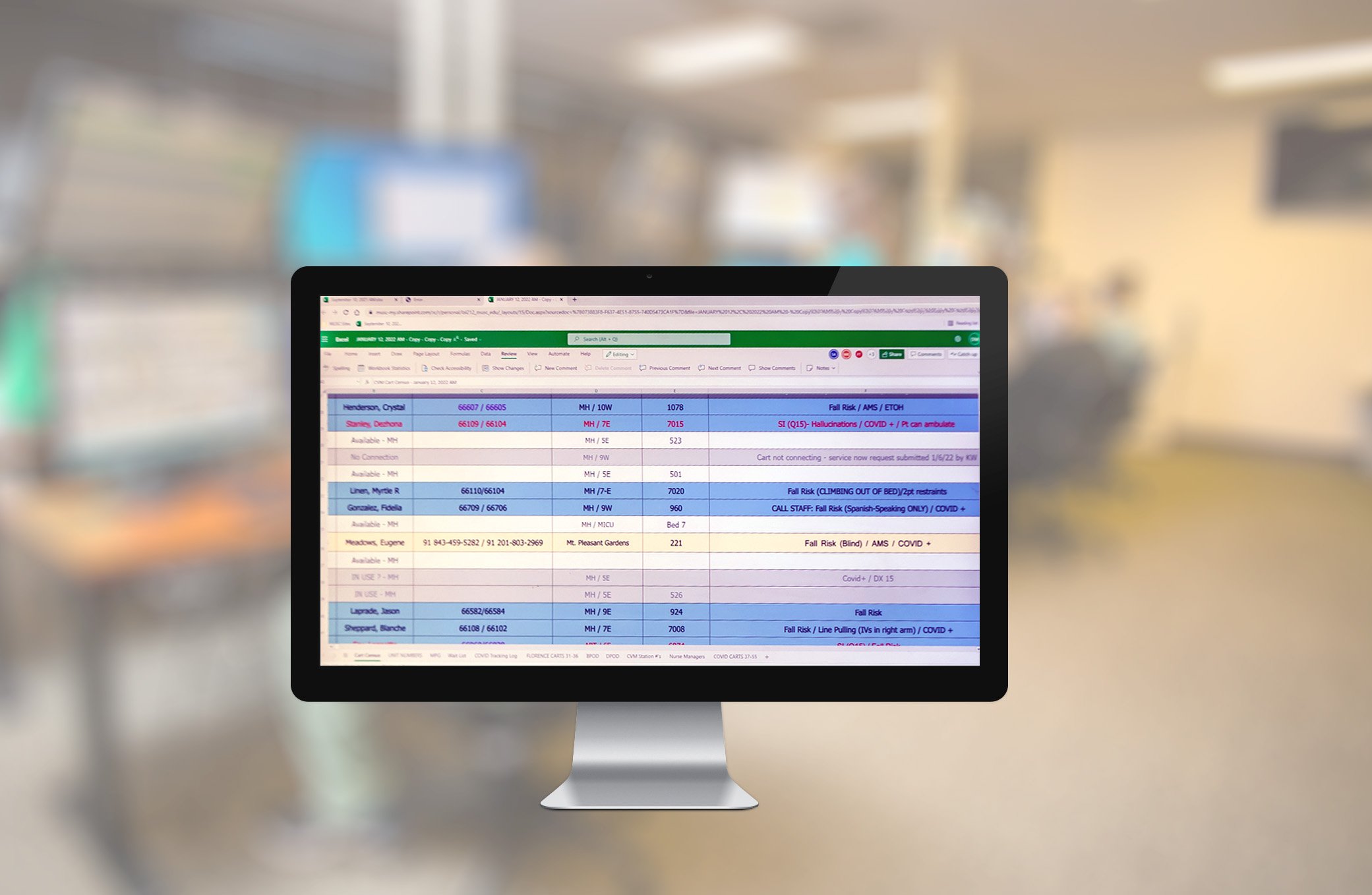Comprehensive Software for Remote Patient Monitoring: Improve Patient Care
Comprehensive Software for Remote Patient Monitoring: Improve Patient Care
Blog Article
The Future of Healthcare: Remote Person Monitoring Simplified
As medical care remains to develop, one location that holds tremendous assurance is remote patient surveillance. The principle of streamlining this procedure via technological developments is improving the means treatment is supplied and obtained. With a focus on improving patient results and enhancing medical care delivery, remote tracking is poised to change the sector. By exploring the advantages, technological advancements, and future fads in this field, we can obtain important understandings into the transformative possibility of remote client monitoring.
Advantages of Remote Individual Monitoring
Remote individual tracking provides a multitude of advantages for both healthcare providers and people alike. Furthermore, remote person surveillance enhances the general quality of treatment by supplying a more holistic and thorough view of patients' health and wellness status beyond traditional in-person sees.
Moreover, remote individual surveillance can cause enhanced patient end results and complete satisfaction. Individuals can take pleasure in the benefit of obtaining care in the comfort of their very own homes while still recognizing that their wellness is being very closely checked. This can lead to boosted individual interaction and adherence to therapy plans, ultimately leading to far better wellness end results. Additionally, remote monitoring can lower the demand for frequent healthcare facility brows through, reducing medical care expenses for both clients and companies. Overall, the benefits of remote client surveillance are clear, making it an important device in modern health care delivery.
Modern Technology Driving Remote Monitoring
In the world of modern-day medical care, technological developments play a crucial duty in driving the evolution and efficiency of remote client surveillance. The integration of innovative modern technologies such as wearable tools, mobile applications, and cloud-based systems has actually transformed the means healthcare service providers from another location handle and check client wellness - remote patient monitoring platform. These technologies enable constant real-time tracking of crucial signs, medication adherence, and various other important health and wellness data, enabling timely treatments and customized treatment strategies
One secret technology driving remote monitoring is the Net of Things (IoT), which enables seamless connectivity between clinical gadgets and healthcare systems. IoT devices such as smartwatches and cordless sensors send and accumulate patient information to centralized platforms, assisting in remote monitoring from anywhere in the globe. Man-made intelligence (AI) and artificial intelligence formulas further boost remote surveillance by analyzing large quantities of patient information to identify patterns, forecast wellness fads, and alert doctor to prospective concerns.
Influence On Healthcare Distribution
With the combination of advanced technologies driving remote individual tracking, the influence on healthcare shipment is ending up being significantly extensive and transformative. Remote individual tracking permits healthcare carriers to use more aggressive and customized care to clients, leading to boosted health and wellness end results and decreased health center admissions. By remotely tracking crucial indicators, symptoms, and medication adherence, health care experts can interfere early, preventing issues and boosting the general quality of care.
Moreover, remote tracking enhances accessibility to healthcare services, specifically for people in rural navigate to this website or underserved areas. Patients can receive continuous monitoring and assistance from their homes, eliminating the requirement for regular in-person gos to. This not only conserves he said time and lowers expenses for both clients and health care centers but additionally lessens the danger of exposure to transmittable illness, a vital consideration in the existing health care landscape.
In addition, remote individual monitoring makes it possible for doctor to far better assign sources and focus on care based on real-time information. By identifying risky clients and interfering promptly, medical care shipment comes to be a lot more reliable and reliable, inevitably leading to an extra lasting and patient-centered health care system.
Improving Client End Results

Moreover, RPM permits aggressive management of chronic conditions, decreasing the possibility of severe worsenings and hospital readmissions. Individuals take advantage of increased benefit and convenience, as they can get treatment in their own homes while staying linked to their doctor. This constant tracking not only improves client fulfillment yet also promotes a sense of empowerment and engagement in their very own health monitoring.
Future Trends in Remote Surveillance
Welcoming advanced modern technologies in remote patient surveillance is shaping the future landscape of medical care delivery. One considerable pattern is the raised use of wearable gadgets and sensing units to accumulate real-time data, enabling healthcare providers to monitor clients continually without the demand for frequent in-person check outs.

Additionally, telehealth platforms are coming to be much more sophisticated, enabling online assessments, remote medical diagnosis, and remote person checking all in one integrated system (software for remote patient monitoring). This holistic method to remote surveillance is enhancing healthcare delivery, improving patient contentment, and eventually, enhancing total top quality of treatment
Conclusion
Finally, remote client tracking uses many benefits in medical care shipment, driven by advancements in technology. It has the prospective to enhance person end results and change the method health care is provided. Future patterns in remote tracking will remain to shape the landscape of healthcare, providing opportunities for more customized and reliable individual care.
Remote patient surveillance provides a wide range of advantages for both healthcare service providers and patients alike. Additionally, remote patient tracking enhances the total high quality of treatment by offering an extra thorough and alternative view of people' health and wellness standing beyond traditional in-person check outs.
Moreover, remote client tracking can lead to better person outcomes and contentment. Remote patient why not try these out tracking enables health care providers to use even more aggressive and tailored treatment to people, leading to boosted health and wellness results and reduced healthcare facility admissions. Remote client tracking (RPM) plays a substantial function in improving individual results by supplying constant, real-time information that makes it possible for health care companies to intervene without delay and adjust treatment strategies as needed.
Report this page